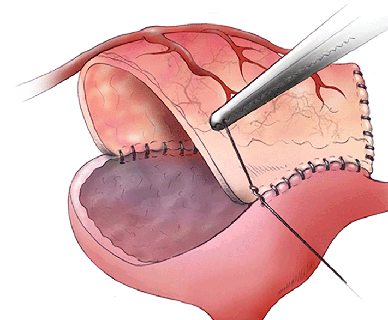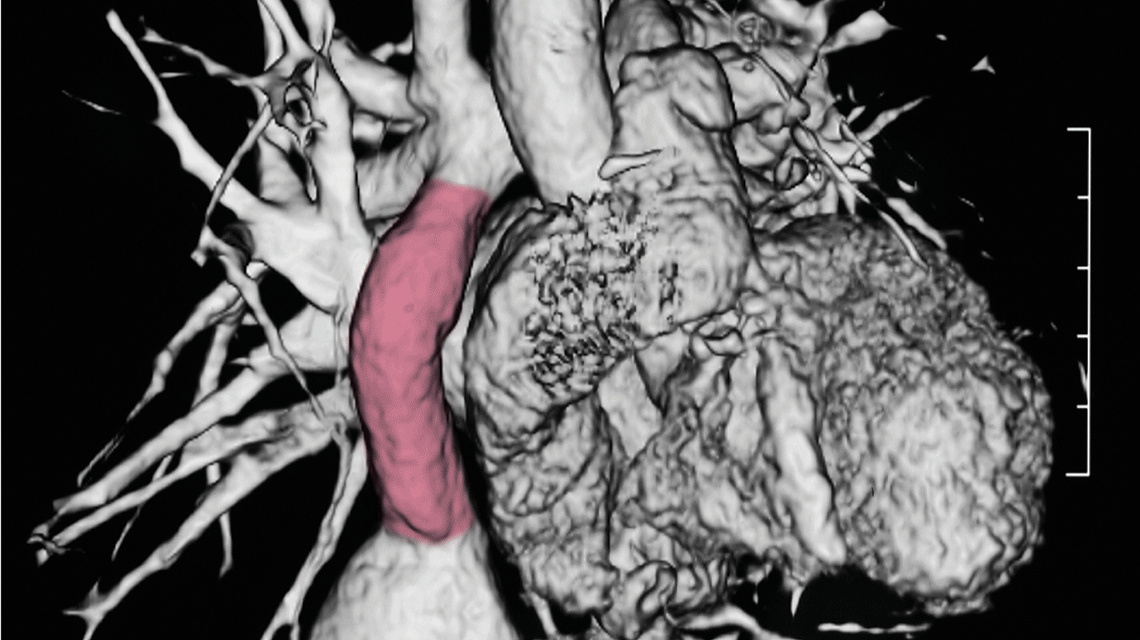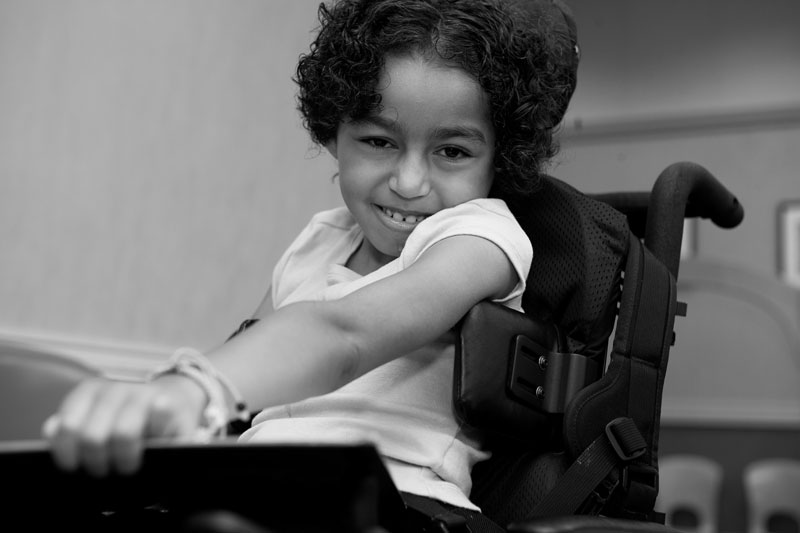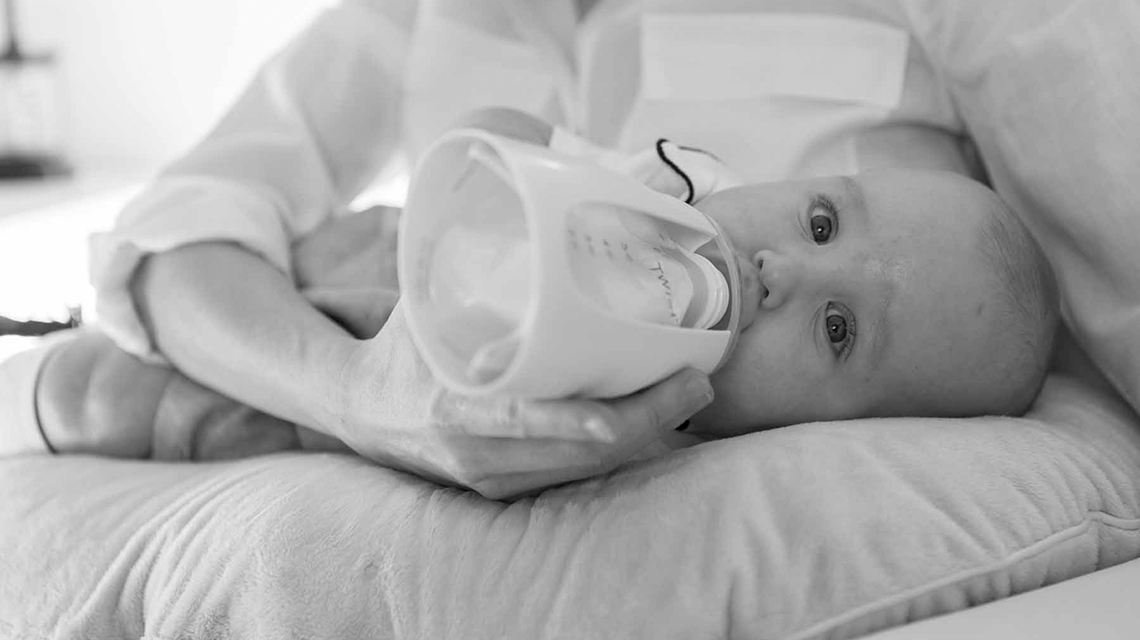In Extremely Preterm Babies, SNAP-II Score Predicts Brain Impairments at Age 10
In Extremely Preterm Babies, SNAP-II Score Predicts Brain Impairments at Age 10 https://pediatricsnationwide.org/wp-content/themes/corpus/images/empty/thumbnail.jpg 150 150 Kevin Mayhood https://secure.gravatar.com/avatar/bd57a8b155725b653da0c499ae1bf402?s=96&d=mm&r=gMeasures taken in first 12 hours of life are associated with a host of deficits. Children born extremely preterm are known to be at increased risk of neurodevelopmental impairments, but not all babies born the same early date and weight are equal. Researchers have found that for children born at less than 28 weeks, a…








